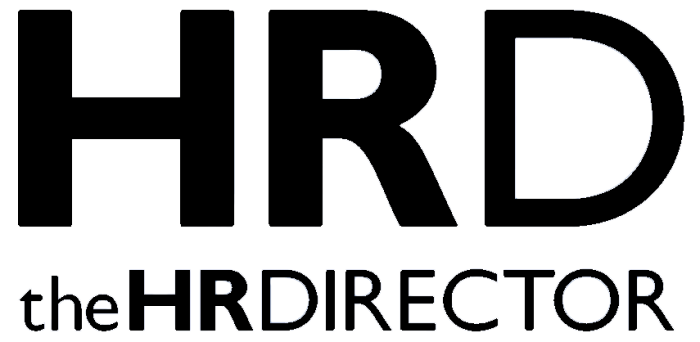For the first time, stress has been found to be the most common cause of long-term sickness absence for both manual and non-manual employees, according to the latest CIPD/Simplyhealth Absence Management survey.
The latest CIPD/Simplyhealth Absence Management survey, based on 592 online questionnaires from employers across all sectors, revealed that the proportion of organisations reporting stress as the most common cause of absence for non-manual workers has risen to one-third (33%) this year from a quarter (24%) last year. For manual workers, stress, which affects just over one-fifth (21%) of cases is now level with acute medical conditions and has overtaken musculoskeletal problems to become the top cause of long-term absence, which is classified as sick leave lasting four weeks or more. The three primary causes of stress highlighted by the survey are organisational change and restructuring (including reductions in pay and benefits), job insecurity and increased volume of work.
This provides summary information and comment on the subject areas covered. Where employment tribunal and appellate court cases are reported, the information does not set out all of the facts, the legal arguments presented and the judgments made in every aspect of the case. Employment law is subject to constant change either by statute or by interpretation by the courts. While every care has been taken in compiling this information, we cannot be held responsible for any errors or omissions. Specialist legal advice must be taken on any legal issues that may arise before embarking upon any formal course of action.






